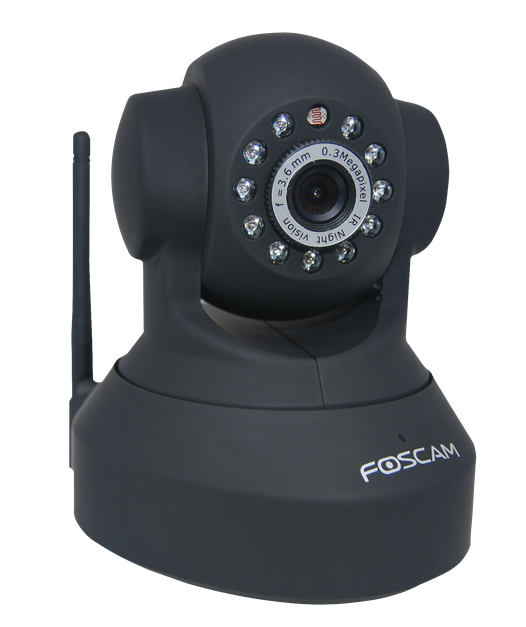Read original story on: The Verge
Earlier today, Google unveiled its new cellular service Project Fi, which leverages Sprint and T-Mobile’s wireless networks to offer mobile bandwidth under a new pricing scheme where subscribers only have to pay for the amount of data they used. Subscribers will pay $10 per gig of data on top of a $20 base for unlimited talk/text, and whatever data they don’t use will be credited to them in the next pay period. Moreover, it will also let users make calls over WiFi.
Despite Google cautiously rolling out this service, starting with availability on Nexus 6 smartphones only, it will undoubtedly push the Internet giant further into telecom market and further disrupt the wireless industry, already locked in a price war over data plans.


